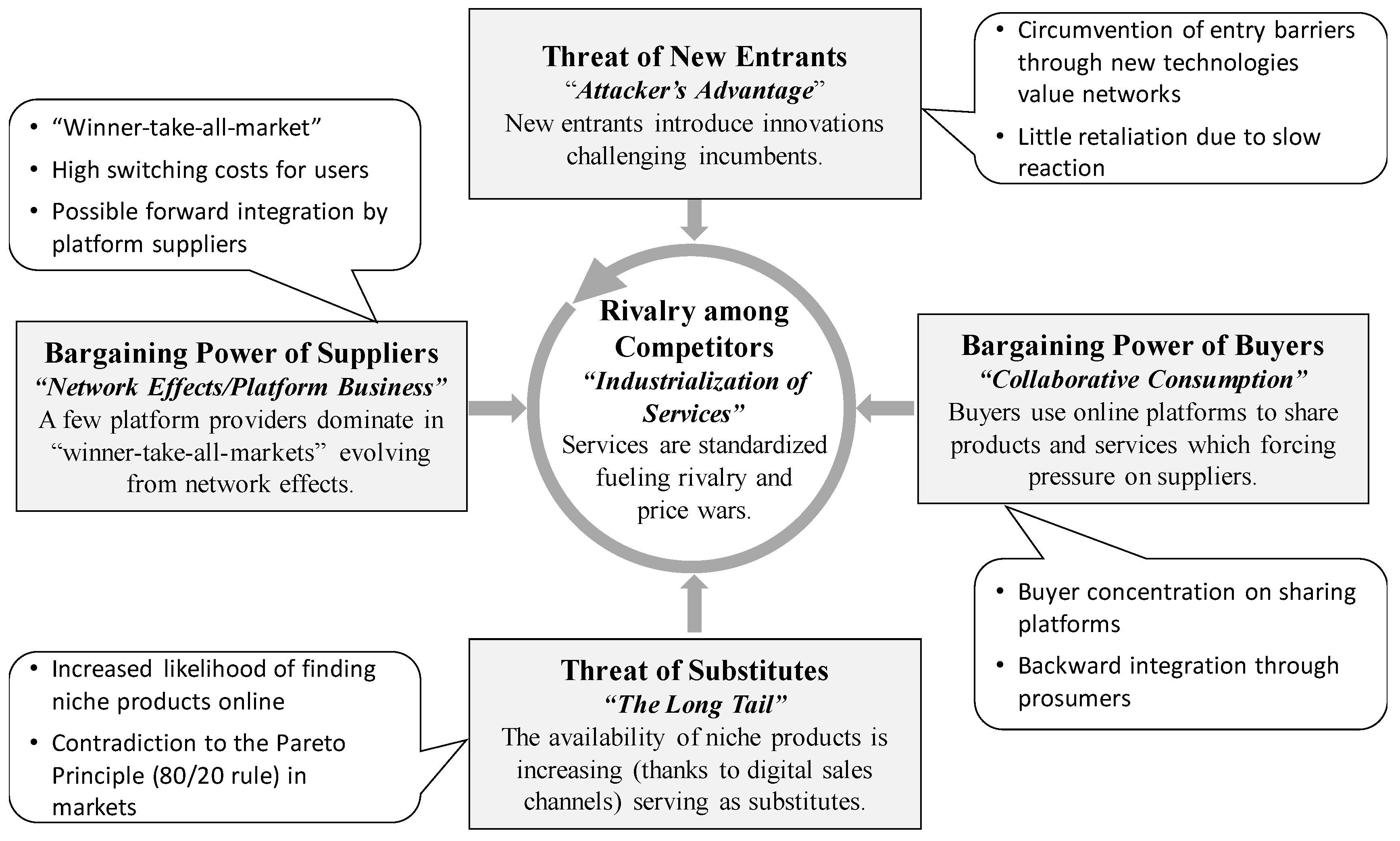


In industries such as oil and gas extraction, or even banking – there are significant start-up costs. Trying to compete against such a brand is almost impossible and significantly deters new entrants. Coca-Cola for instance universally popular – even Pepsi has had trouble bringing Coca-Cola down. Once an image is established, it is difficult to take business away from what is an extremely trusted business. Brand Imageīrand image is another difficult obstacle to overcome for new entrants.

As such, it presents a huge barrier to entry and reduces the threat of new entrants. If we take an example – few supermarkets can match Walmart’s economies of scale, which allow it to sell at extraordinarily low prices. New businesses don’t have the same resources of efficiencies to compete on price – thereby presenting a huge barrier to entry. When there are already big players in the market with huge cost advantages, it makes it difficult for new entrants to compete. Economies of ScaleĮconomies of scale allow businesses to reduce their unit prices as it grows bigger and achieves efficiency gains. There are many more factors that contribute, but these are the main ones: 1. To explain, there are six main areas that reduce the threat of new entrants and create significant barriers to entry. Yet no company would choose to have low barriers to entry. However, it can help incumbent firms ensure they are pro-active with new product offerings and designs. It is an unfavourable position for any company to be in. The easier it is for new companies to enter, the more likely new entrants will come in and try to exploit a new part of the market. These are also known as barriers to entry and exit. The threat of new entrants refers to how easy it is to enter and leave the market. This is because the other four forces tend to be less of a factor in markets where there is a condense concentration of competition. Each with a slightly different option for the health-conscious.įor businesses that have a strong market position, the threat of substitutes perhaps one of the most important issues.
Threat of new entrants in department store industry plus#
It has expanded its product offerings from Coca Cola Life, to Plus to Diet, to Zero sugar. In fact, it is one that has not gone unnoticed by the company. Whilst Coca-Cola is not a monopoly, most of the other forces do not apply – which makes the threat of substitutes such a key strategic point. Whilst it dominates the soft drinks market, it was losing revenue to healthier options such as smoothies and low-sugar juices. The variety of flavoured waters and juices has increased substantially – putting pressure on Coca-Cola to evolve. Coca-Cola for instance has been facing increasing pressure from low-sugar beverages – taking away more health-conscious consumers. Yet it can still face a significant threat of substitutes. In fact, this is the epitome of a monopoly – it has unrivaled market power both up and down the supply chain. The potential for new entrants is high, bargaining power of buyers and suppliers is low and there is no competitive rivalry. There are firms that have a strong market position with its own market – perhaps even a monopoly. The threat of substitutes cannot be underestimated.


 0 kommentar(er)
0 kommentar(er)
